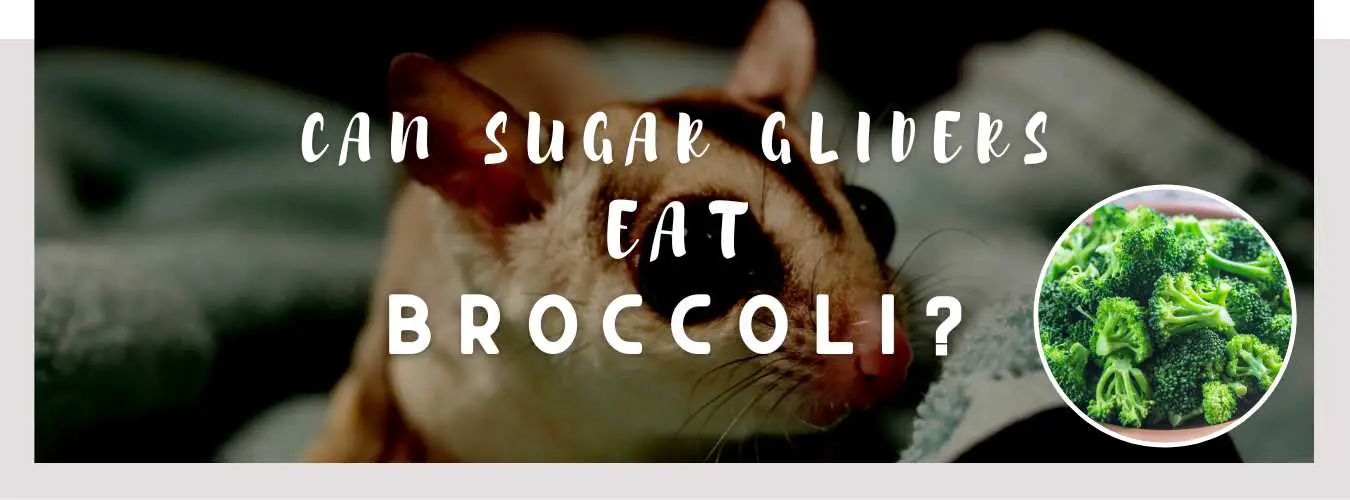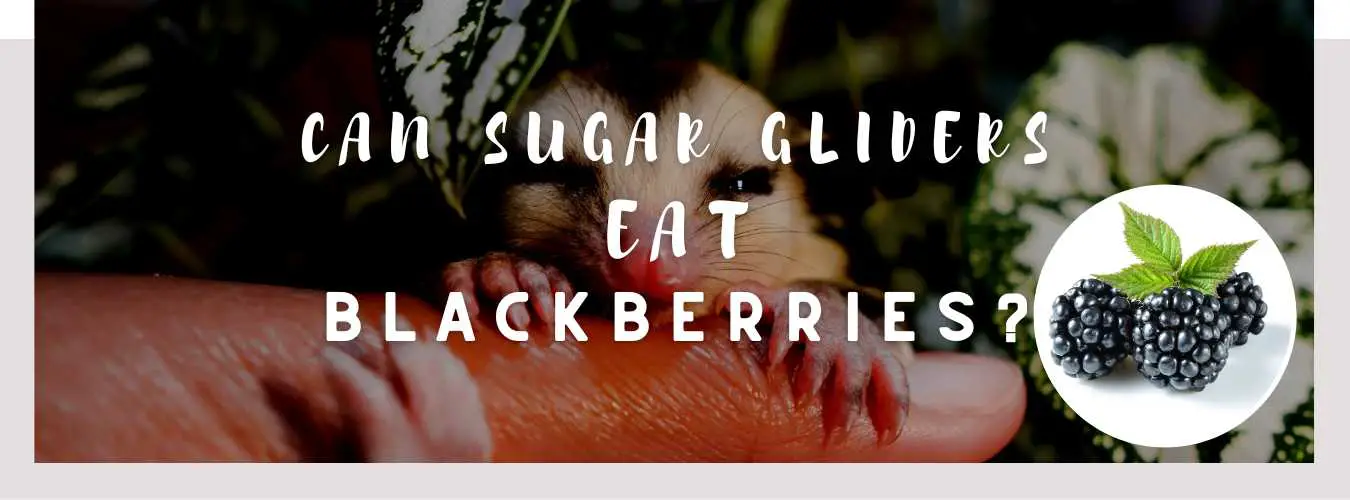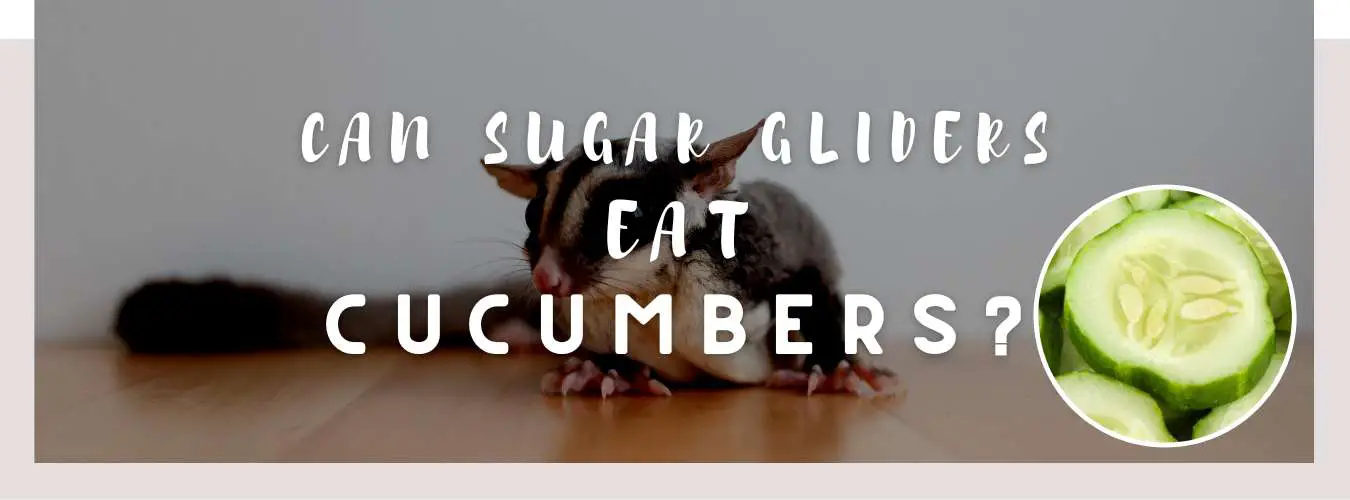
Sugar gliders, small marsupials native to Australia, Papua New Guinea, and parts of Indonesia, have a varied diet in the wild, which often includes nectar, sap, insects, and fruits. For pet owners, understanding what fruits these adorable creatures can safely consume is crucial for their health and wellbeing. This article explores the suitability of various fruits in a sugar glider’s diet, discussing their nutritional benefits, potential risks, and guidelines for feeding.
Nutritional Profile of Fruits for Sugar Gliders
Fruits are an excellent source of vitamins, minerals, and hydration for sugar gliders. They provide essential nutrients like Vitamin C, which boosts the immune system, and Vitamin A, crucial for maintaining good eyesight and skin health. Fruits also contain dietary fibers that aid in digestion.
Sugar Content and Caution
While fruits are beneficial, their high sugar content can be a concern. Sugar gliders are prone to obesity and diabetes, so fruit should be given in moderation. Balancing their diet with other food types like insects and nectar substitutes is vital.
Recommended Fruits for Sugar Gliders
- Apples: Rich in fiber and vitamins, apples are a great choice. Remove the seeds as they contain harmful chemicals.
- Pears: Similar to apples in nutrition, but ensure they are ripe and seeds are removed.
- Berries: Blueberries, strawberries, and raspberries are high in antioxidants and vitamins.
- Melons: Watermelon, cantaloupe, and honeydew provide hydration and are low in calories.
- Tropical Fruits: Papaya, mango, and kiwi are nutrient-rich but should be given sparingly due to high sugar content.
Fruits to Avoid
Certain fruits like grapes and citrus fruits can be acidic or too sugary for sugar gliders and should be avoided or given sparingly.
How to Feed Fruits to Sugar Gliders
Fruits should be a treat, not a staple in their diet. A small piece of fruit per day is sufficient. Overfeeding can lead to health issues.
Always wash fruits thoroughly to remove pesticides. Cut them into small, manageable pieces to prevent choking. Removing seeds and pits is crucial for safety.
You might also like: What Can Sugar Gliders Eat?

Potential Risks and Considerations
Introduce new fruits slowly and watch for any adverse reactions like diarrhea or allergies. If any negative symptoms appear, discontinue the fruit immediately.
Remember, a sugar glider’s diet should be well-rounded. Fruits are just one part of their dietary needs. A balanced diet includes protein sources, vegetables, and specialized sugar glider food formulas.
Practical Advice for Sugar Glider Owners
Offering a variety of fruits in moderation ensures your sugar glider gets a range of nutrients while minimizing the risk of health problems. Monitor their reaction to each new fruit and adjust their diet accordingly.
Always provide fresh fruits. Avoid canned or processed fruits due to added sugars and preservatives.
Regular check-ups with a veterinarian knowledgeable about sugar gliders are essential. They can provide personalized dietary advice based on your pet’s specific health needs.
Understanding Natural Diet and Domestic Adjustments
In their natural habitat, sugar gliders have access to a variety of fruits throughout different seasons. This variety not only provides nutritional balance but also keeps their diet interesting. In a domestic setting, replicating this diversity can greatly benefit their health and wellbeing. Offering seasonal fruits can be a good strategy to mimic their natural diet while ensuring freshness and nutritional value.
The Role of Fruits in Dental Health
Chewing on crunchy fruits like apples and pears can help maintain dental health in sugar gliders. The natural abrasiveness of these fruits can aid in cleaning their teeth and gums, reducing the likelihood of dental issues, which are common in small pets.
Hydration Through Fruits
Sugar gliders can derive a significant amount of their hydration needs from fruits, especially those with high water content like melons and berries. This is particularly important for sugar gliders that might not drink adequate water from a dish. Including water-rich fruits in their diet can help prevent dehydration.
You might also like: Can Sugar Gliders Eat Blueberries?
Introducing New Fruits: A Step-by-Step Approach

- Initial Introduction: Start with a tiny piece of fruit to see how your sugar glider reacts.
- Observation Period: Monitor for 24-48 hours for any signs of digestive upset or allergic reactions.
- Gradual Increase: If well-tolerated, gradually increase the portion size over several days.
- Variety Rotation: Once a fruit is established as safe, introduce another type, following the same steps.
Understanding the Glycemic Index in Fruits
Different fruits have varying levels of natural sugars and impact blood sugar differently. Understanding the glycemic index (GI) of fruits can help in selecting those that are healthier for sugar gliders. Lower GI fruits release sugars more slowly, which is preferable for maintaining stable blood sugar levels.
Organic vs. Conventional Fruits
Whenever possible, opt for organic fruits to reduce the exposure to pesticides and chemicals. If organic options are not available, thoroughly washing conventional fruits is essential. A solution of vinegar and water can be effective in removing surface residues.
Seasonal and Exotic Fruits: Exploring Options
Don’t be afraid to experiment with less common fruits, as long as they are safe for sugar gliders. Seasonal fruits not only offer nutritional variety but can also be more affordable. Exotic fruits, while often more expensive, can provide unique nutritional benefits.
The Importance of Ripeness
Feeding underripe or overripe fruits can cause digestive issues. Underripe fruits can be too hard and acidic, while overripe fruits may ferment and cause gastrointestinal distress. Always choose fruits that are ripe and fresh.
Fruits as Enrichment Tools
Fruits can also serve as enrichment items, stimulating a sugar glider’s mind and satisfying their foraging instincts. Hiding small pieces of fruit around their enclosure or in puzzle feeders can provide mental stimulation and encourage natural foraging behavior.
Final Thoughts
Fruits can be a healthy and enjoyable part of a sugar glider’s diet when chosen and prepared carefully. By understanding the nutritional benefits and risks of different fruits, and practicing moderation, pet owners can ensure their sugar gliders thrive. Always remember the importance of a balanced diet and consult with a vet for tailored advice.
Contents
- 1 Nutritional Profile of Fruits for Sugar Gliders
- 2 Recommended Fruits for Sugar Gliders
- 3 How to Feed Fruits to Sugar Gliders
- 4 Potential Risks and Considerations
- 5 Practical Advice for Sugar Glider Owners
- 6 Understanding Natural Diet and Domestic Adjustments
- 7 Introducing New Fruits: A Step-by-Step Approach
- 8 Organic vs. Conventional Fruits
- 9 Final Thoughts








